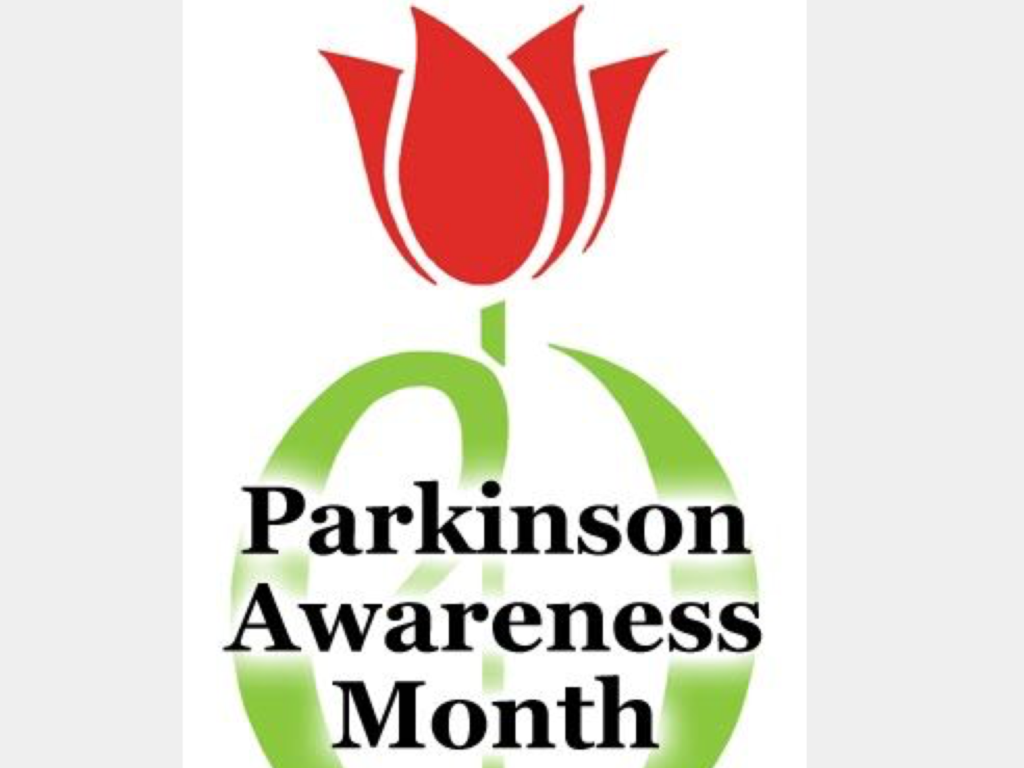A Journey with Parkinson’s

In 2012, I was diagnosed with Parkinson’s Disease. When that occurred, so many things began to make sense. Prior to my diagnosis, I had been unaware of the non-motor symptoms associated with Parkinson’s. I didn’t realize that my digestive problems, my fatigue, my sleep difficulties, and my frequent falls (five in a little over a year) were all related. I didn’t know that, when I walked, my arm refused to swing naturally. Most people don’t have to think about walking, don’t deliberately force an arm to swing, and don’t have to self-correct because arms refuse to swing in rhythm with their steps.
Today, I’m medicated and doing well. The disease is still progressive and my treatment has increased with that progression. I’m in stage 2 of the 5 identified stages. I try to be proactive with my lifestyle. Writing keeps cognition sharp, and exercise is medicine. There are many Parkinson’s-specific programs available through the YMCA and other community venues. I joined a Rock Steady Boxing class. They’re designed specifically to meet the varied and unique needs of people with PD, and can be found in many locations. In addition to boxing, each session at RSB addresses cardio, balance, stretching, gait work, and small motor dexterity. You can see us in action with the link below.
April is Parkinson’s Awareness Month, so I’d like to take this time to make you aware of the lesser-known symptoms of PD.
When you think of Parkinson’s Disease, your first thought is probably tremors, and more specifically, hand tremors. It’s often one of the first signs and is certainly one of the most visible. Other common and noticeable symptoms include an awkward gait and slow motor skills.
The not-so-visible symptoms can be debilitating. Muscle rigidity is impaired muscle tone resulting in stiffness and resistance to movement. It’s sometimes referred to as a cogwheel rigidity, resembling a stop and start resistance while moving. You’ll often see, a person with PD moving their bodies instead of turning their neck or back. The stiffness is prohibitive to many movements. Activities like boxing and tai chi are encouraged to help muscle fluidity.
Facial muscles, speech and swallowing are affected. PD can create a soft, hoarse, or monotonous voice, as well as leading to an expressionless face. Eyes don’t blink with the same frequency as most, resulting in dry eye and contributing to that mask-like expression. If you know someone with PD who seems expressionless, be aware that there are many things going on behind that mask. The digestive system is impacted, typically with severe constipation, which is another effect of the slowing of muscle movement.
Fatigue is characteristic of Parkinson’s. It can have physical or mental causes. Physically, it is the inability of a muscle to perform optimally. Mental fatigue comes from a decrease in maximal cognitive functioning. Exercise helps both, as well as the depression that can accompany the other symptoms.
PD carries its own unique lexicon. Dystonia is a motor symptom that causes sustained and painful contractions. Bradykinesia is the slowness of movement. Dyskinesia is the erratic uncontrolled muscle movements. These are involuntary motor irregularities. Sometimes muscles freeze while walking, refusing to take another forward step. Hallucinations and nightmares can be a side-effect of Parkinson’s along with impaired cognition.
Parkinson’s is progressive and is diagnosed in five stages, one being the mildest and five the most severe. Parkinson’s Plus is PD paired with other neuro-degenerative conditions such as Lewy body dementia, Multiple system atrophy, and progressive supranuclear palsy.
On April 27, I’ll be walking at Fluor Field in Greenville for Strike Out Parkinson’s Day. If you’d like to support Parkinson’s research, I’ve linked some worthy organizations. I, along with ten million people suffering from PD worldwide, thank you for your support.
TO DONATE
Link to Strike Out Parkinson’s:
To sponsor my group, add special instructions: SOP2019/RSB Greenville T4T
Link to Parkinson’s Foundation for Parkinson’s research:
Link to Michael J. Fox Foundation
READ A BOOK TO SHOW SUPPORT FOR PARKINSON’S RESEARCH
You can also give to one of these organizations by buying my book, The Street Singer. Using the contact link, send me a copy of your proof of purchase dated between March 15 and April 30, and I’ll donate 50% of my proceeds for each digital or paperback copy purchased during that timeframe. In your e-mail, include which of the above organizations you would like your purchase to support.
Link to Purchase https://www.amazon.com/s?k=kathleen+neely&ref=nb_sb_noss_1
4 Replies to “A Journey with Parkinson’s”
Thank you for sharing this. I knew so little!
Thank you for your commitment to striking out Parkinson’s. I support you.
Thank you for sharing about Parkinson’s Disease and your own personal journey, Kathleen. I stayed up late last night trying to finish “The Street Singer.” So good! Only a few chapters to go.
May God continue to give you strength.
I appreciate your sharing this, Kathleen, and drawing much-needed attention to Parkinson’s. God bless your efforts to raise funds for research!